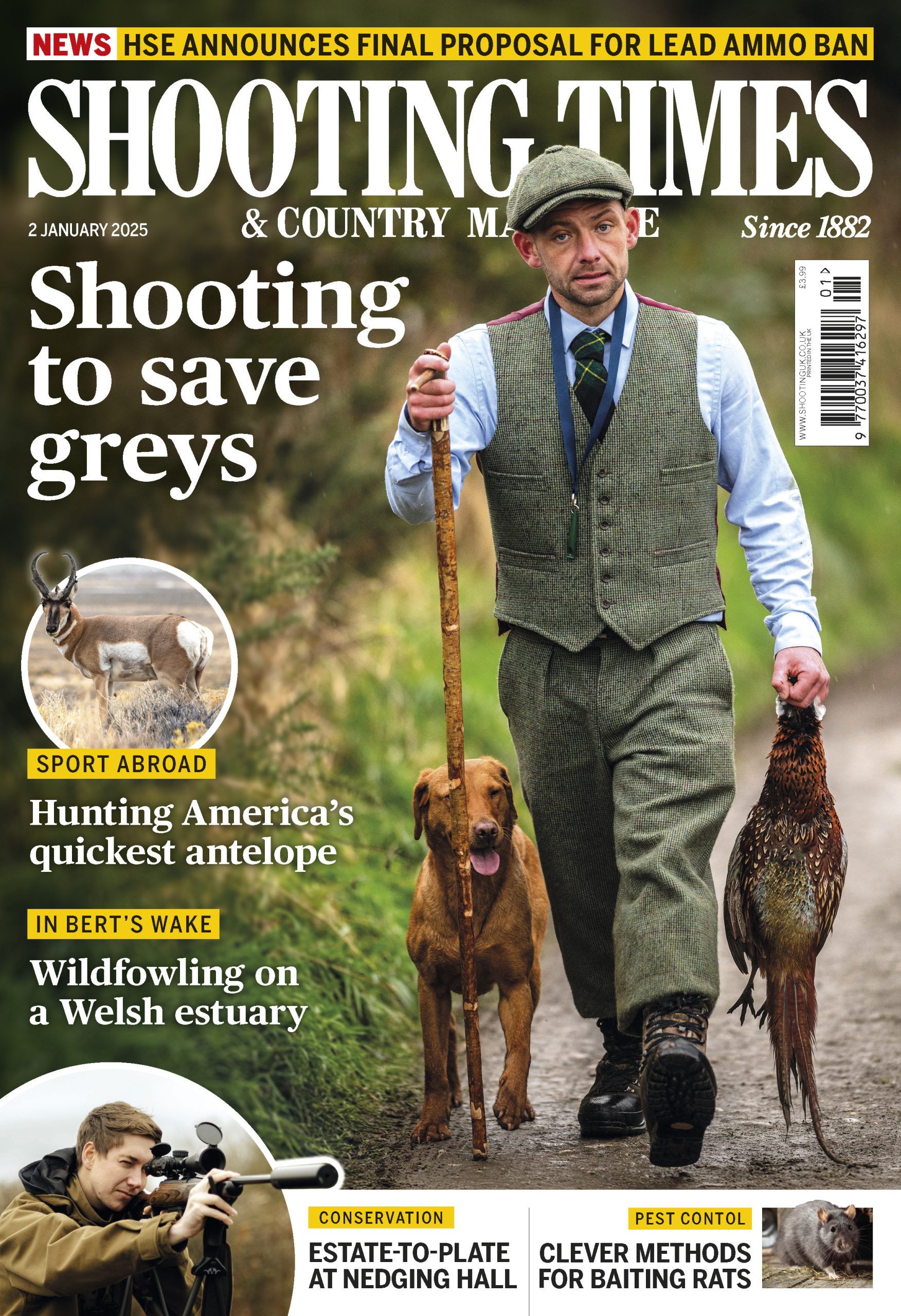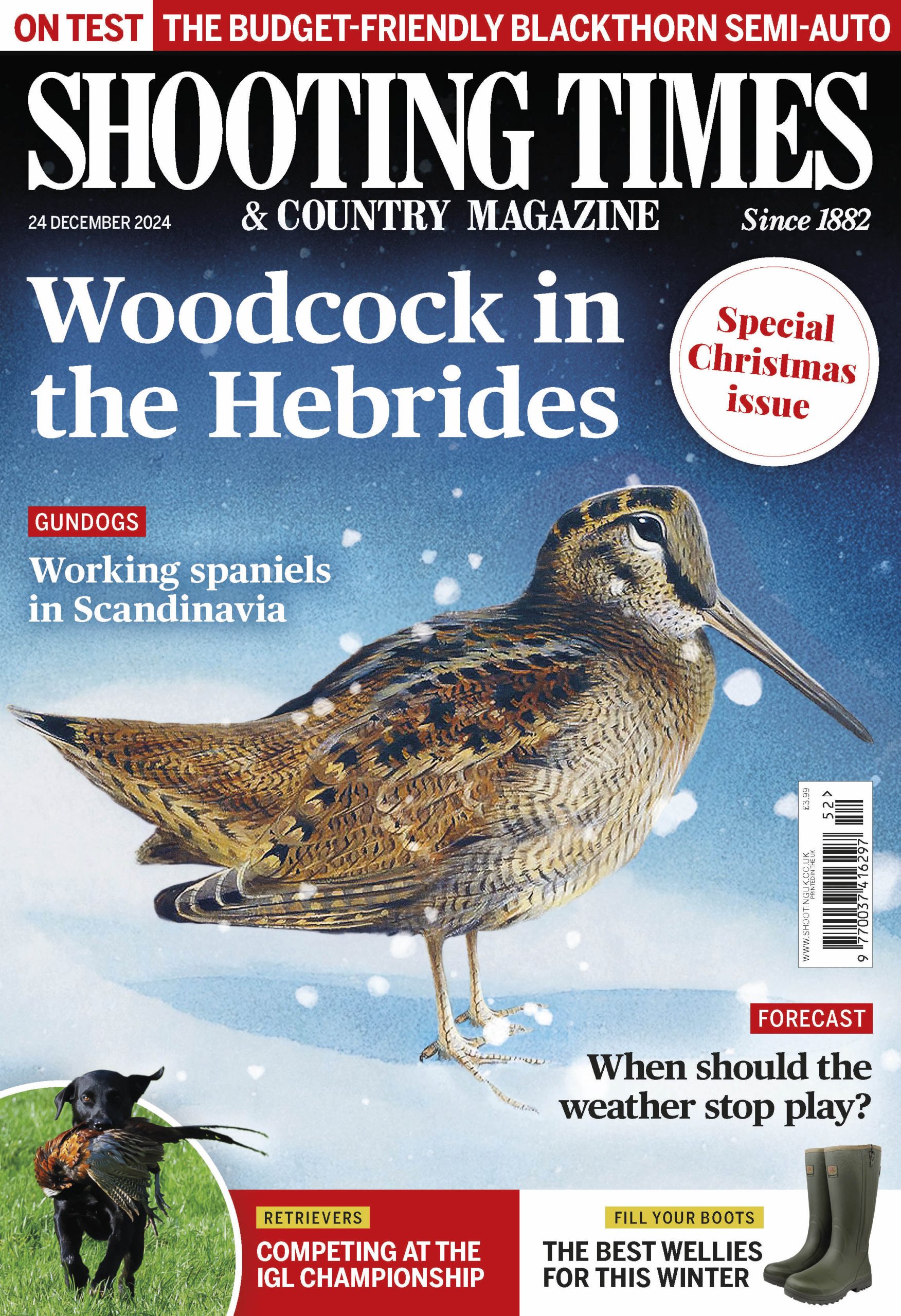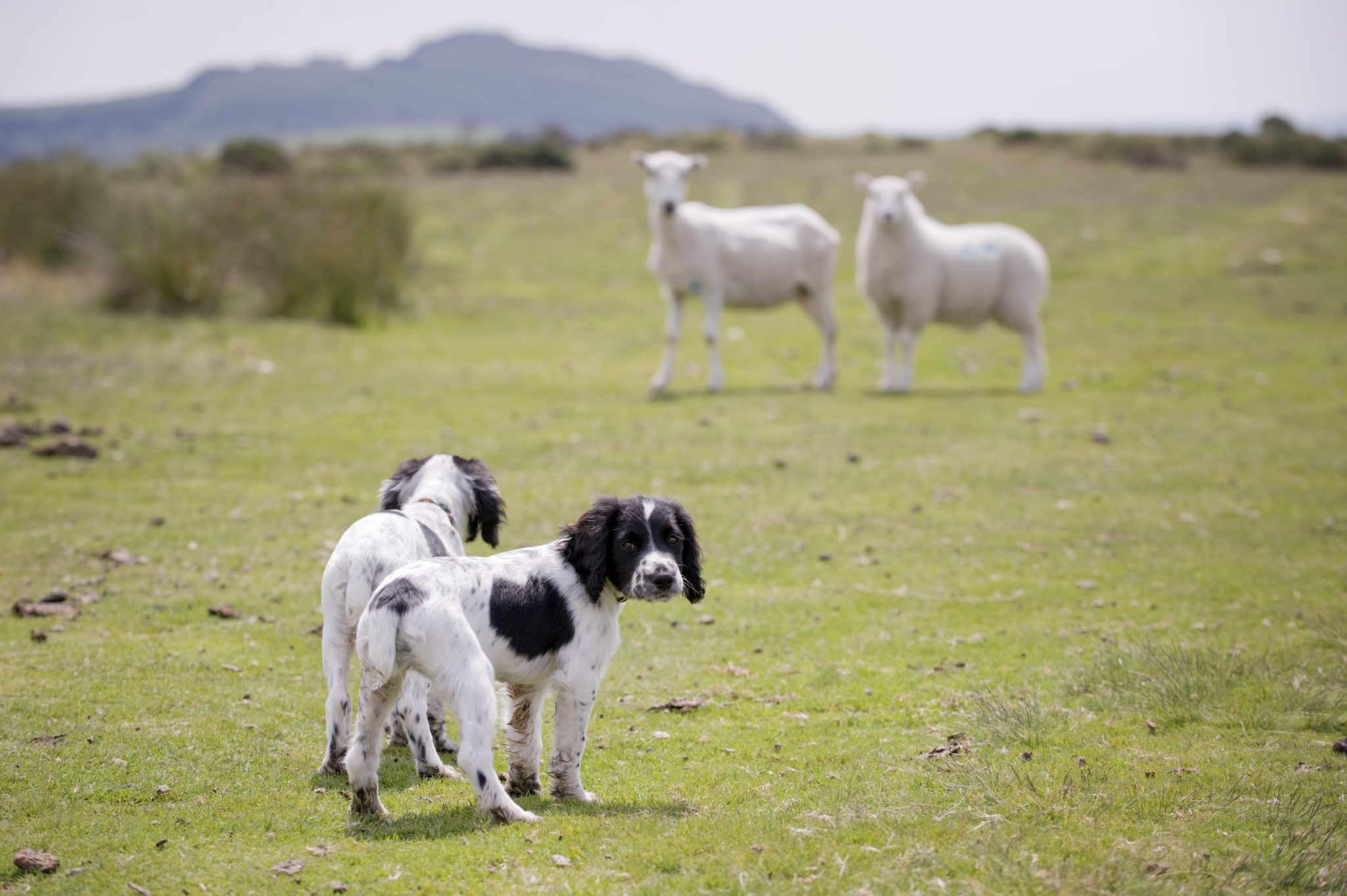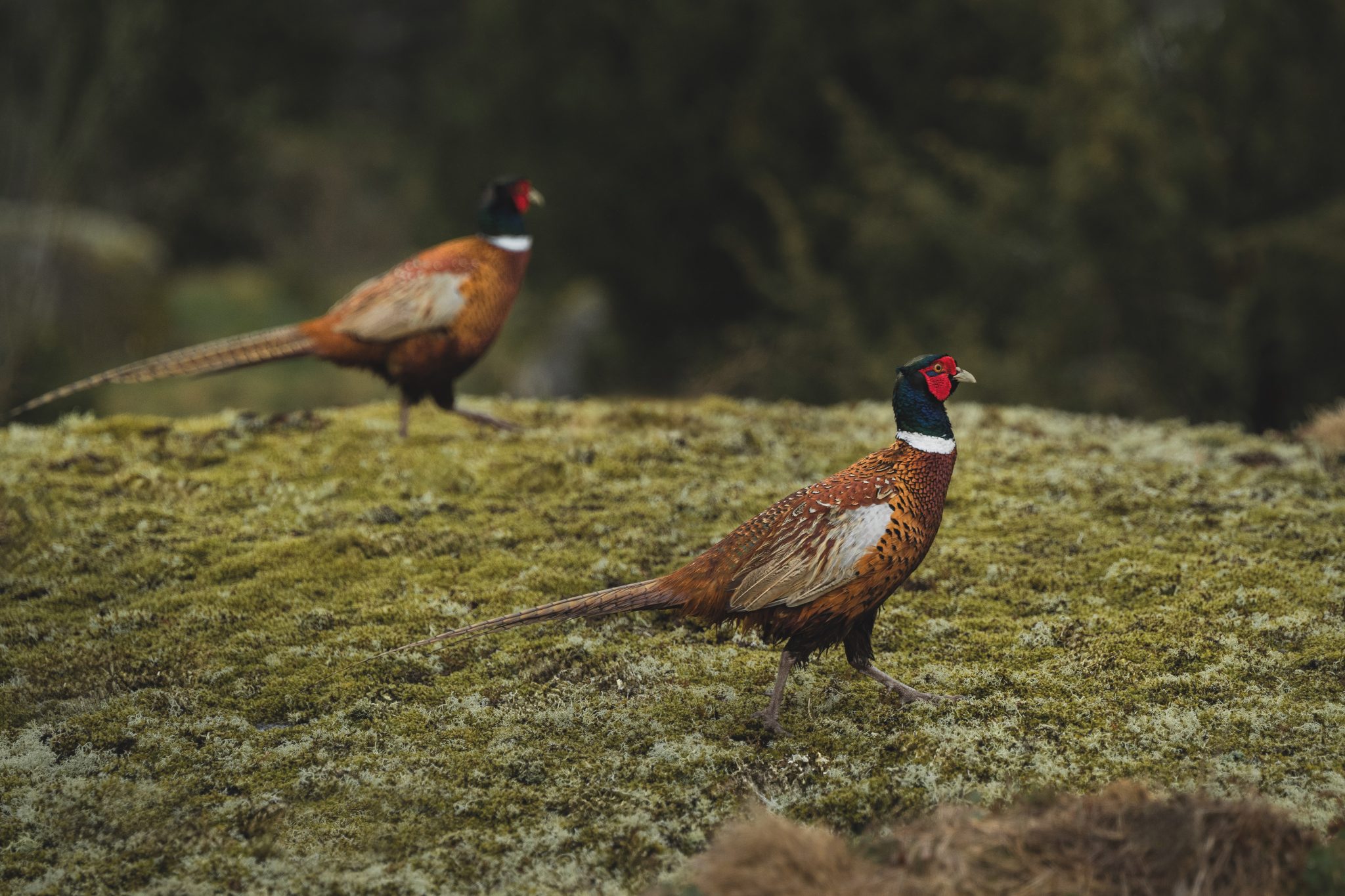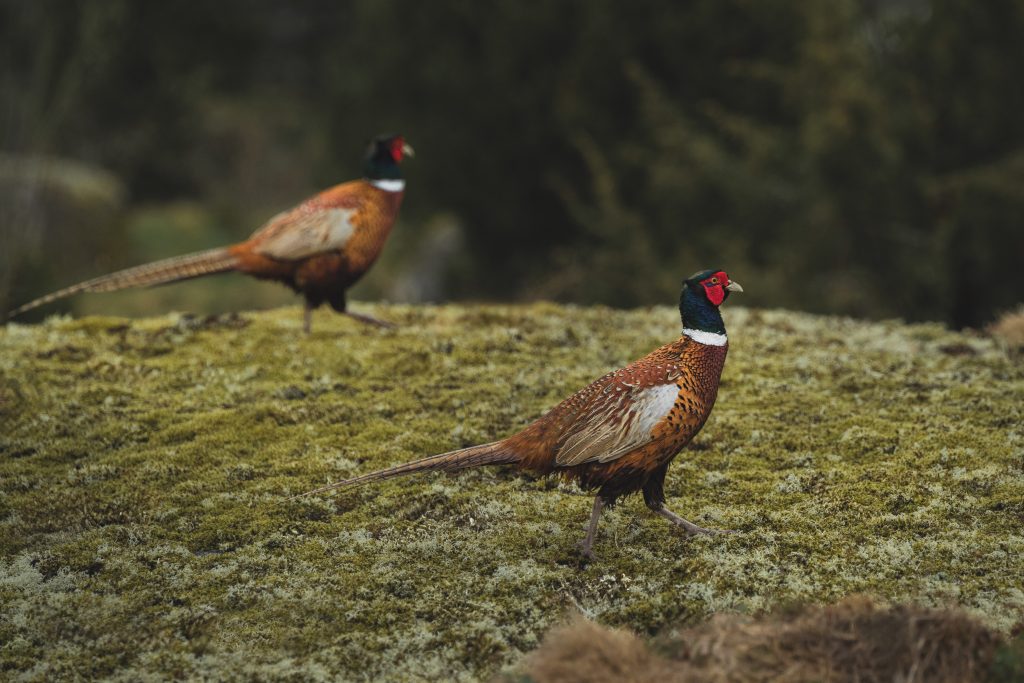Win CENS ProFlex DX5 earplugs worth £1,149 – enter here
Shooters urged to help save British gin
Those who shoot, stalk and hunt the hills of Scotland can help protect the threatened juniper bushes that support blackgrouse
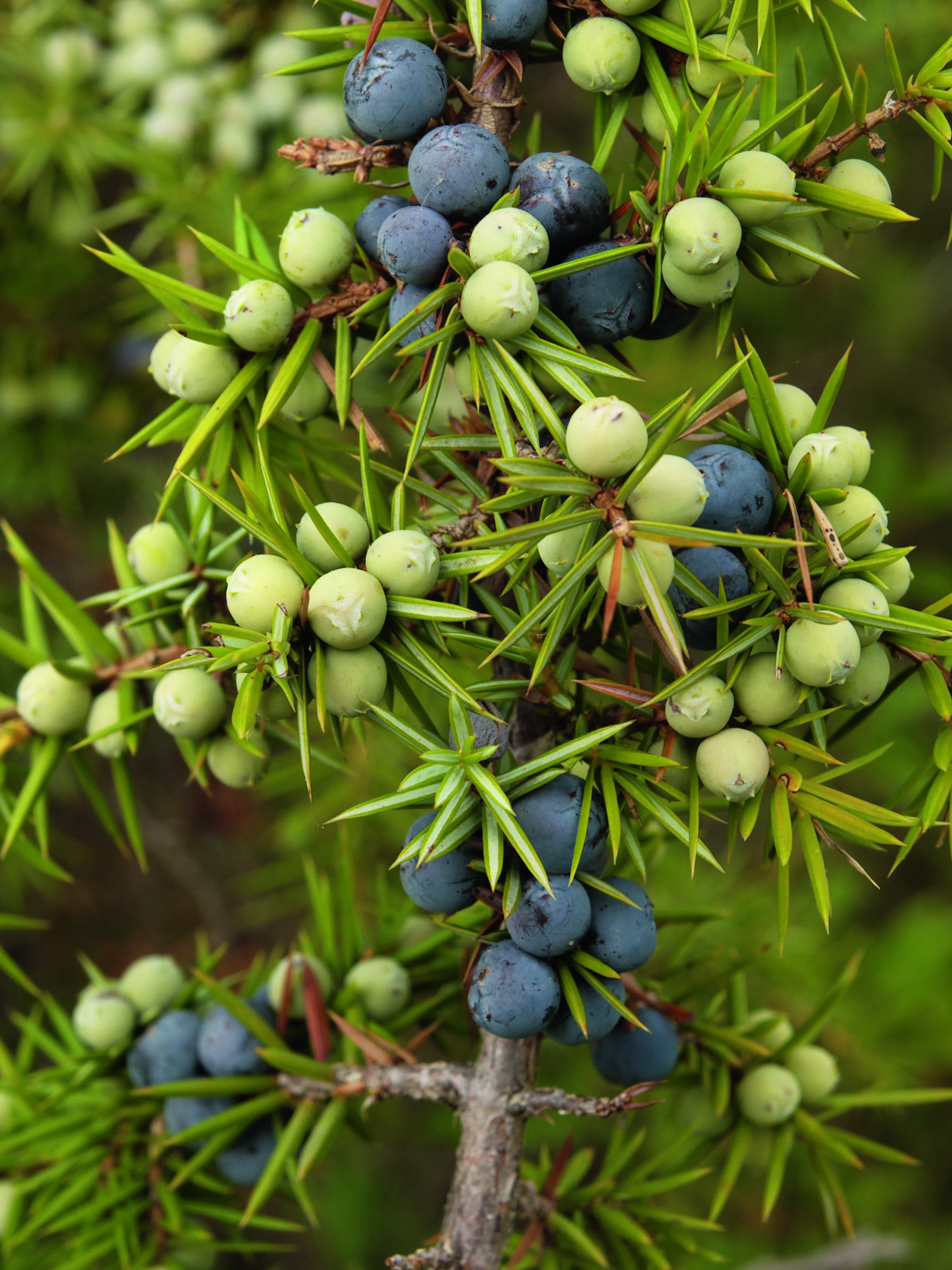
A wild plant conservation organisation is urging people to help protect the Scottish juniper plant against a potentially devastating disease.
Plantlife is asking people who shoot, hunt, ride or walk in the Scottish hills to complete a survey on the state of the Scottish juniper population. This data will help assess the impact of a deadly fungal infection that threatens juniper populations in the North.
Aside from being a vital ingredient of gin, the juniper bush is recommended by the Game & Wildlife Conservation Trust (GWCT) and RSPB for planting in native woodland to support and encourage populations of blackgrouse. It is one of only three species of conifer tree native to Scotland and provides not only food for blackgrouse, but also sustenance and habitat for a variety of other wildlife, insects and fungi.
The disease that threatens the juniper bush, Phytophthora austrocedrae, infects the plant through the root system, and first shows in damage to its leaves and eventually leads to death. It was first identified in the UK in 2012 at the Moor House Upper Teesdale Nature Reserve in the North Pennines.
The infection is regarded as particularly worrying by conservation organisations because it comes on the back of a severe decline in juniper populations across the UK over the past few decades. According to data collected and published by Plantlife, the Forestry Commission Scotland (FCS) and Scottish Natural Heritage (SNH), the number of juniper bushes in areas of southern England has fallen by up to 60 per cent, and in Scotland, where the plant is more abundant, it has disappeared from almost 25 per cent of its former strongholds.
Research carried out by Plantlife, SNH, FCS and partners indicates that there are multiple causes for the decline, including overgrazing, which inhibits the regeneration of young plants; increased snow damage and waterlogging due to adverse weather conditions; and changes in land management practices.
A guide to identifying signs of health and disease, as well as different causes of damage and decline, accompanies the survey, which you can download and print from Plantlife’s website; telltale signs of Phytophthora include brown patches on the leaves of the plant.
To avoid spreading the disease, participants are warned not to get too close to sites showing a high number of dead juniper bushes. They are also asked to take precautions such as removing mud from boots and equipment following a site visit and avoiding walking through wet areas wherever possible.
Those taking part must also provide Ordnance Survey grid references and altitude references for the locations they survey to give as accurate a picture as possible of the juniper populations. Photos of juniper bushes are particularly useful and should be taken from a distance if possible to give an overview of the entire site, focusing on individual bushes where evidence of significant browning or dieback is observed.
And, as an added incentive, the first 15 people to submit a completed form will receive a bottle of No.3 gin. For more information and a copy of the survey, visit www.plantlife.org.uk.
Related Articles
Get the latest news delivered direct to your door
Subscribe to Shooting Times & Country
Discover the ultimate companion for field sports enthusiasts with Shooting Times & Country Magazine, the UK’s leading weekly publication that has been at the forefront of shooting culture since 1882. Subscribers gain access to expert tips, comprehensive gear reviews, seasonal advice and a vibrant community of like-minded shooters.
Save on shop price when you subscribe with weekly issues featuring in-depth articles on gundog training, exclusive member offers and access to the digital back issue library. A Shooting Times & Country subscription is more than a magazine, don’t just read about the countryside; immerse yourself in its most authoritative and engaging publication.
